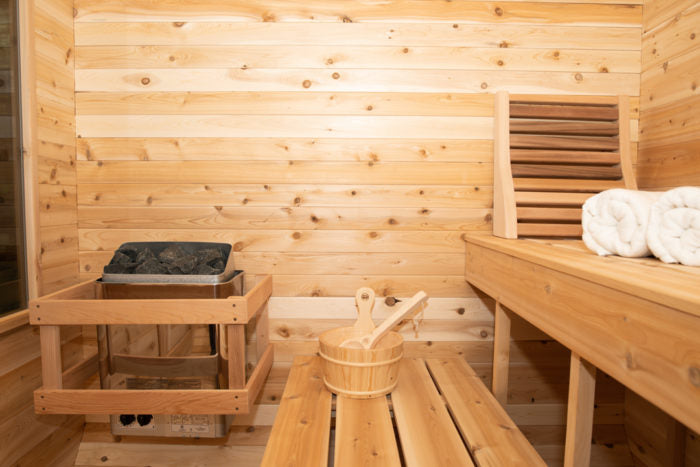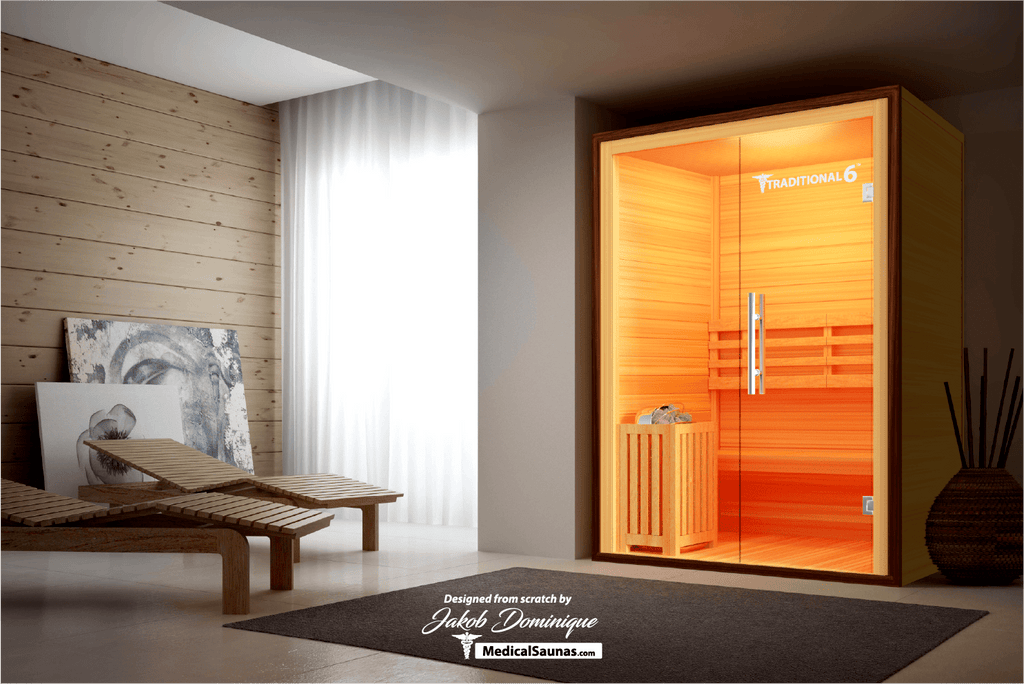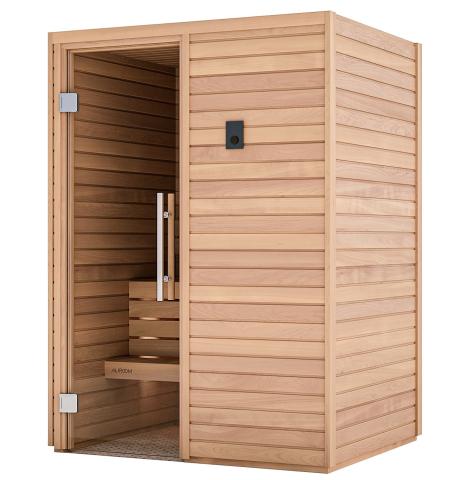The 8-Second Trick For Traditional Sauna
The 8-Second Trick For Traditional Sauna
Blog Article
9 Simple Techniques For Traditional Sauna
Table of ContentsTraditional Sauna Things To Know Before You BuyThe Definitive Guide for Traditional SaunaSome Ideas on Traditional Sauna You Should KnowThings about Traditional SaunaTraditional Sauna Things To Know Before You Get This
A lot of the weight shed in a sauna is water loss and is re-gained upon rehydrating. However, certainly sauna can be a fundamental part of a healthy weight loss program. To take a look at the differences between typical and IR saunas, I will separate these right into proven, academic, and made distinctions.Therefore, the most popular factor in the saunawhich is at the ceiling directly above the sauna heateris usually in between 185 and 190 F. Claims that a standard sauna surpasses 200 F is just not true and not appropriate for electric saunas sold in the US. The temperature for a far-infrared sauna is usually established in between 120 and 140 F; nonetheless, unlike the standard sauna, the goal in and IR room is not to achieve a high temperature level.

When a traditional sauna has been correctly warmed, the sauna wall surfaces are warm, the air temperature level has actually achieved established temperature and the rocks are very warmed. As an intriguing side note, the heated walls and the rocks are emitting far-infrared heat, integrated with the heated air, to produce an "enveloping warm".
An Unbiased View of Traditional Sauna
When the high temperature level is achieved, the aspects cycle on and off to keep the high temperature. Many standard sauna customers appreciate pouring water over the rocks to develop steam to raise sauna humidity levels. The advantages of putting water over the rocks consist of: making the space more comfortable, moistening the nasal flows, and permitting the usage of aromatherapy by mixing vital oils with the water.

When the energy goes into the body, it creates the body temperature to enhance and inevitably causes perspiration. In an infrared sauna it is essential for the emitters/heaters to continue to be on practically continuously. Considering that there is no mass of rocks to keep heat, the sauna will cool down if the emitters turned off.
The Traditional Sauna PDFs
As pointed out over, the sauna bather in an infrared area intends to position himself before running emitters to get maximum take advantage of the heat. The home heating time for the 2 areas can be very different, relying on just how the spaces are utilized. For a standard sauna, a bather must allow 30-40 minutes for the room to achieve a wanted temperature and to appropriately pre-heat the rocks.

A well created sauna will generally accomplish a temperature level of view it now 150-160 F in concerning 30-40 minutes. For hotter temperatures, the room may need to warm for a longer duration.
To some, 15 mins was "lost" while the infrared power warmed the timber panels rather than heating a body, while others find a pre-heated room to be much more comfortable and believe an elevated starting temperature is needed to start sweating. The size of recommended usage for each space is approximately Recommended Reading the exact same (10-15 mins per session); however, because of the reduced air temperature levels and the capacity to feel the effects of infrared warm quicker than a traditional sauna, it is not uncommon for an individual to invest a total amount of 20-30 mins in an infrared sauna.
The 9-Second Trick For Traditional Sauna

The average expense per kWH of power in the U.S. is about $0.11, so a 4.5 kW heater will set you back approximately $.50 to run for one hour, if the heater runs continually for one hour. Usually a sauna heating system will run for 75% of the very first hour and 50% of succeeding hours on since the components cycle once the established temperature is accomplished.
A 2 person far-infrared room is typically literally smaller sized than a conventional sauna, commonly concerning 4' x 4' or smaller. The IR heating system is usually 1.5-1.7 kW utilizing a 120 volt 15 amp plug-in solution. Given that the area can be used sooner than a sauna room, we will think the room is used for to of an hour including heat up time.
There is a seldom gone over difference see here now in the social experience in between the two spaces. While our culture has lost some of the social benefit of the traditional sauna experience, it can be very socially rewarding (Traditional Sauna). From family time in the sauna, to heart-felt conversations with loved ones, to sauna partiesthe standard sauna experience can cause intimate interacting socially
Traditional Sauna - Truths
Many greater end infrared spaces consist of colored light treatment, sound systems and full-glass fronts.
Report this page